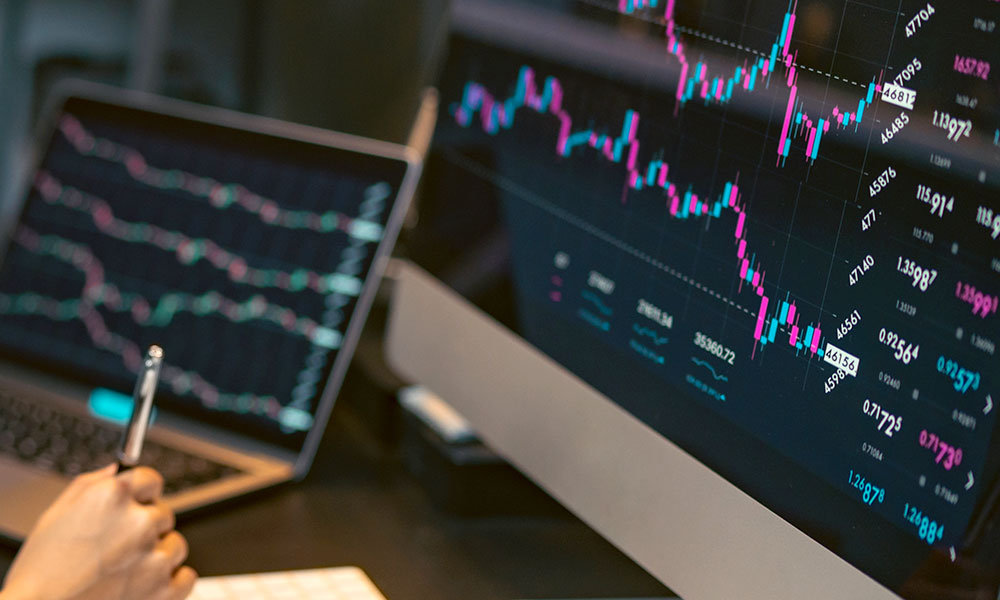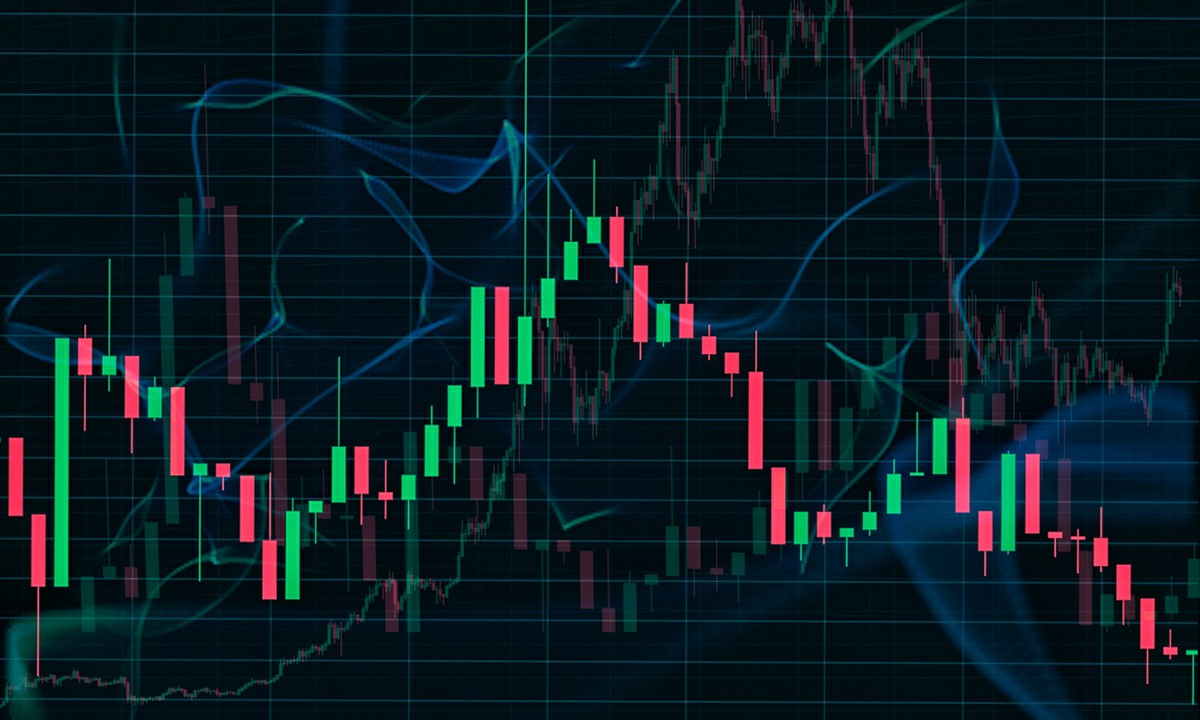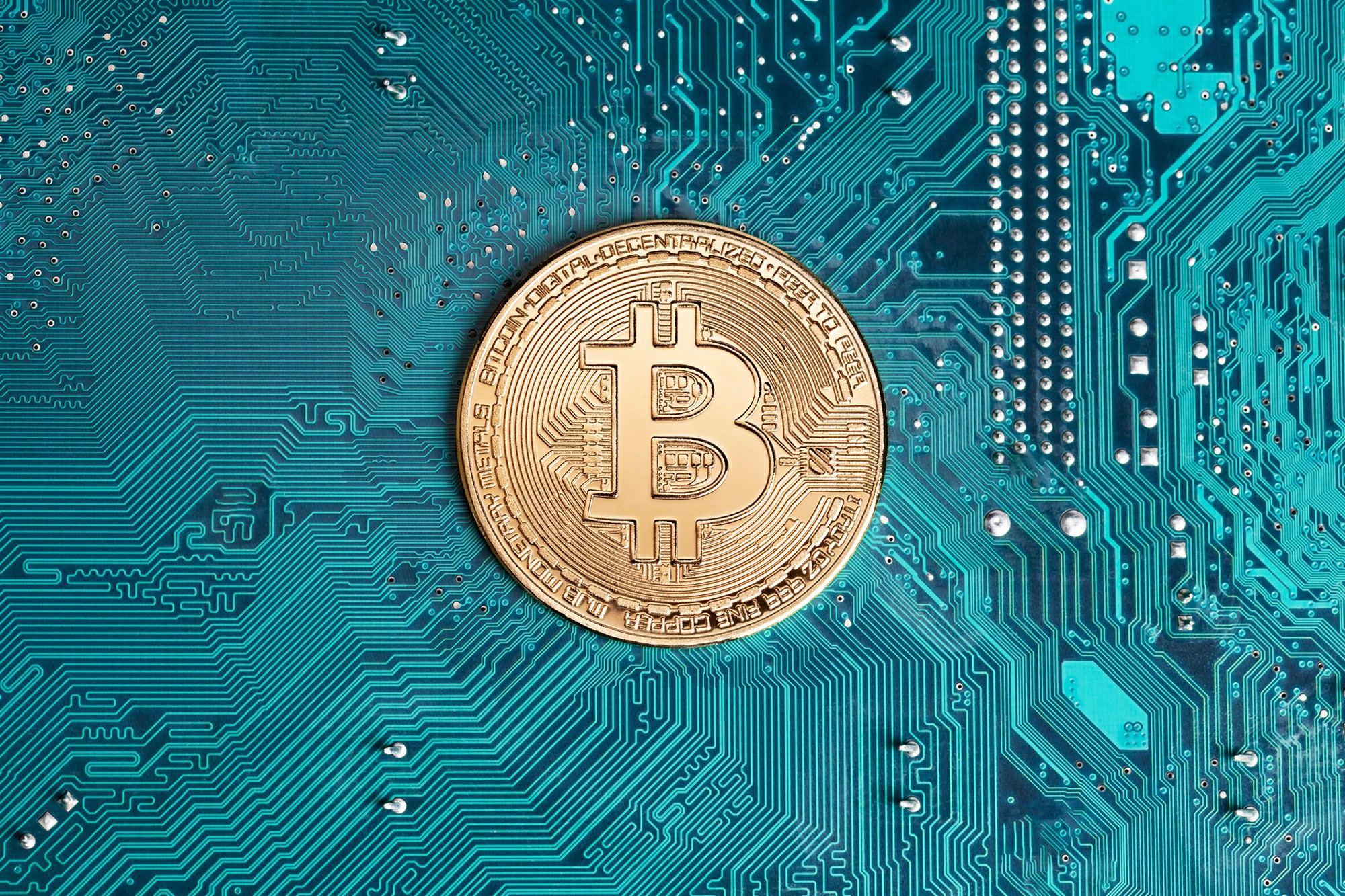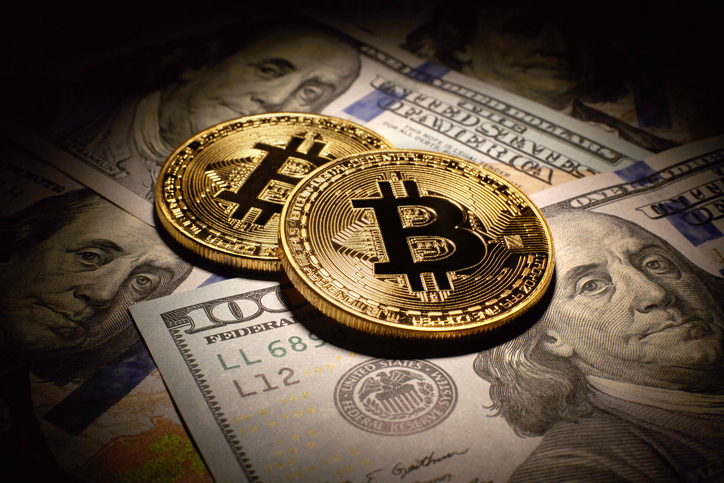
In the world of cryptocurrency trading and decentralized finance (DeFi), slippage is a term that frequently comes up, especially when dealing with token swaps. Slippage can significantly impact the price you pay for your tokens, potentially causing unexpected losses or profits. Understanding slippage and knowing how to manage it is crucial for anyone engaging in token swaps, whether you’re a beginner or a seasoned trader. In this guide, we’ll explain what slippage is, why it happens, and provide tips on how to manage it effectively in your token swaps.
What is Slippage?
Slippage occurs when the price of a cryptocurrency changes between the moment you place a trade and when the trade is actually executed. In simple terms, it’s the difference between the expected price of a token swap and the price at which the swap is executed. Slippage is most common in decentralized exchanges (DEXs) and during high-volatility market conditions.
For example, if you intend to swap 1 Ethereum (ETH) for 2,000 USDT, but by the time your transaction goes through, the price of Ethereum has dropped, you might receive slightly fewer USDT than expected. This difference is known as slippage.
Why Does Slippage Happen?
Slippage happens for several reasons, but the main factors include:
- Market Volatility:
- Cryptocurrencies, especially smaller tokens, are subject to rapid price fluctuations. If there is a significant change in the market between the time you submit your transaction and when it’s processed, slippage can occur.
- Low Liquidity:
- Low liquidity refers to a lack of available buyers and sellers on the platform. If there aren’t enough people buying or selling a token at the moment, the price can shift when a large order is placed, leading to slippage.
- Tokens with low market capitalization or those that are not frequently traded are more prone to slippage.
- Large Transactions:
- When a large order is placed relative to the liquidity available in the market, it can cause the price to move. This is particularly true for smaller tokens or those with limited liquidity on the exchange.
- Gas Fees:
- In some cases, if the network is congested or gas fees are high, it can lead to delayed transaction execution, increasing the likelihood of slippage.

- In some cases, if the network is congested or gas fees are high, it can lead to delayed transaction execution, increasing the likelihood of slippage.
Types of Slippage
Slippage can be categorized into two types:
- Positive Slippage:
- This happens when the final price of the token swap is better than expected. For instance, if you intended to buy a token for 1 ETH, but due to slippage, you end up buying it for 0.9 ETH. While this is rare, it can happen in volatile market conditions when prices drop right before your transaction is confirmed.
- Negative Slippage:
- Negative slippage occurs when the final price is worse than what you initially expected. This is the more common type of slippage, where the price increases between the time the trade is initiated and when it is completed.
How to Manage Slippage in Token Swaps
Managing slippage is key to ensuring that your token swaps are executed at the price you expect, or at least within an acceptable range. Here are some tips on how to manage slippage effectively:
- Set a Slippage Tolerance:
- Most DEXs, such as Uniswap, PancakeSwap, and Sushiswap, allow you to set a slippage tolerance. This is the maximum percentage of slippage you’re willing to accept for a trade to go through. For instance, if you set your slippage tolerance to 1%, the transaction will only go through if the price of the token changes by no more than 1% from the expected price.
- Tip: A typical slippage tolerance is between 0.5% and 1%. However, during periods of high volatility, you may need to increase your slippage tolerance to successfully execute the trade.
- Choose the Right Time to Swap:
- The best time to make token swaps is when the market is relatively stable, and the liquidity of the tokens you’re swapping is high. Avoid trading during periods of high volatility or during news events that might cause significant price fluctuations.
- Tip: Check liquidity pools and trading volumes before executing a trade. High-volume trading hours tend to have less slippage compared to low-volume periods.
- Use Limit Orders (Where Available):
- Some advanced platforms and CEXs, like Binance and Coinbase allow you to place limit orders, which allow you to set the exact price at which you want to execute a trade. This eliminates slippage because the trade will only be executed if the token reaches your desired price.
- Tip: Limit orders are especially useful if you’re dealing with large trades or highly volatile tokens.
- Trade Smaller Amounts:
- If you’re trading large amounts of a low-liquidity token, consider breaking the trade into smaller parts. Smaller transactions are less likely to cause significant price slippage, as they will not move the market as much.
- Tip: By splitting larger orders, you can reduce the overall slippage impact and avoid negative price changes.
- Monitor Gas Fees and Network Congestion:
- High gas fees can delay the execution of your token swaps, leading to more slippage. Ensure that you have enough gas to complete your transactions quickly, especially during times of network congestion (e.g., during periods of high Ethereum activity).
- Tip: Use gas tracking tools like Etherscan or GasNow to monitor current gas prices and avoid times of network congestion.
- Use Slippage Protection Tools:
- Some DeFi platforms offer additional tools to protect against excessive slippage. These tools can automatically adjust your slippage tolerance based on market conditions and liquidity, helping you avoid large losses from slippage.
Conclusion
Slippage is an inevitable part of token swaps, but with the right strategies, you can manage it effectively and minimize its impact on your trades. By setting a slippage tolerance, trading at the right times, using limit orders, and monitoring network conditions, you can ensure that your token swaps are as efficient and cost-effective as possible. As always, understanding the risks and taking steps to mitigate them will improve your overall trading experience in the crypto space.







No Comments